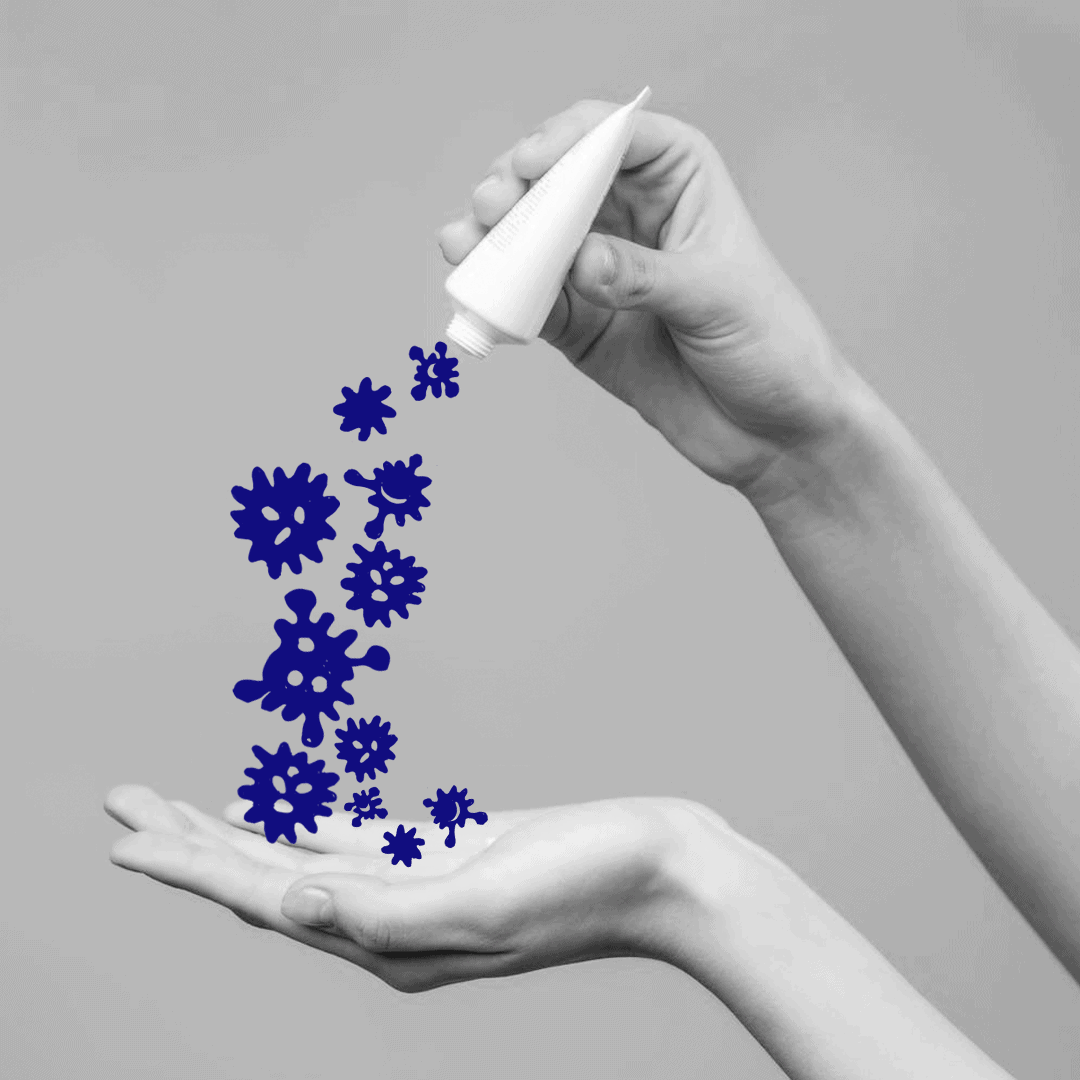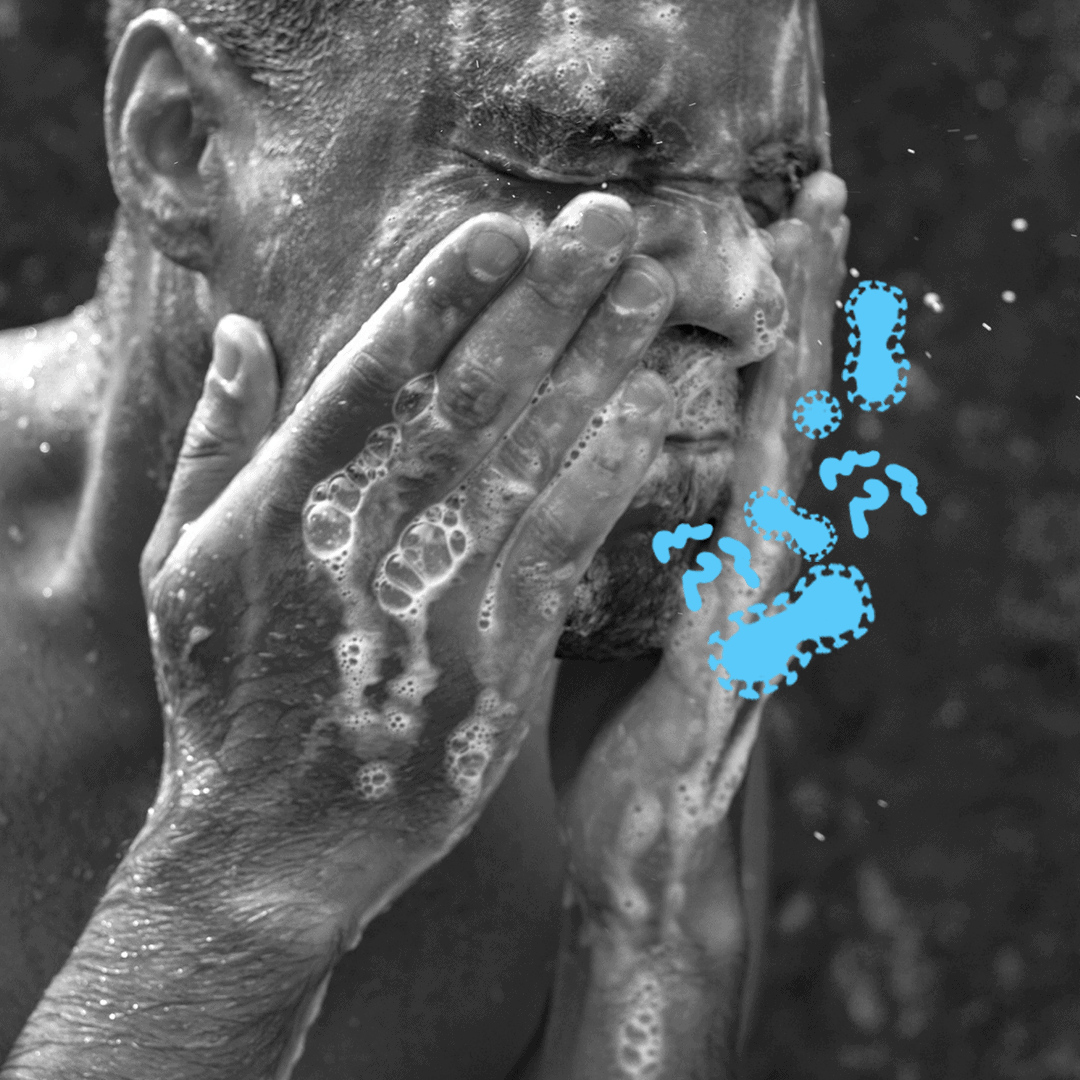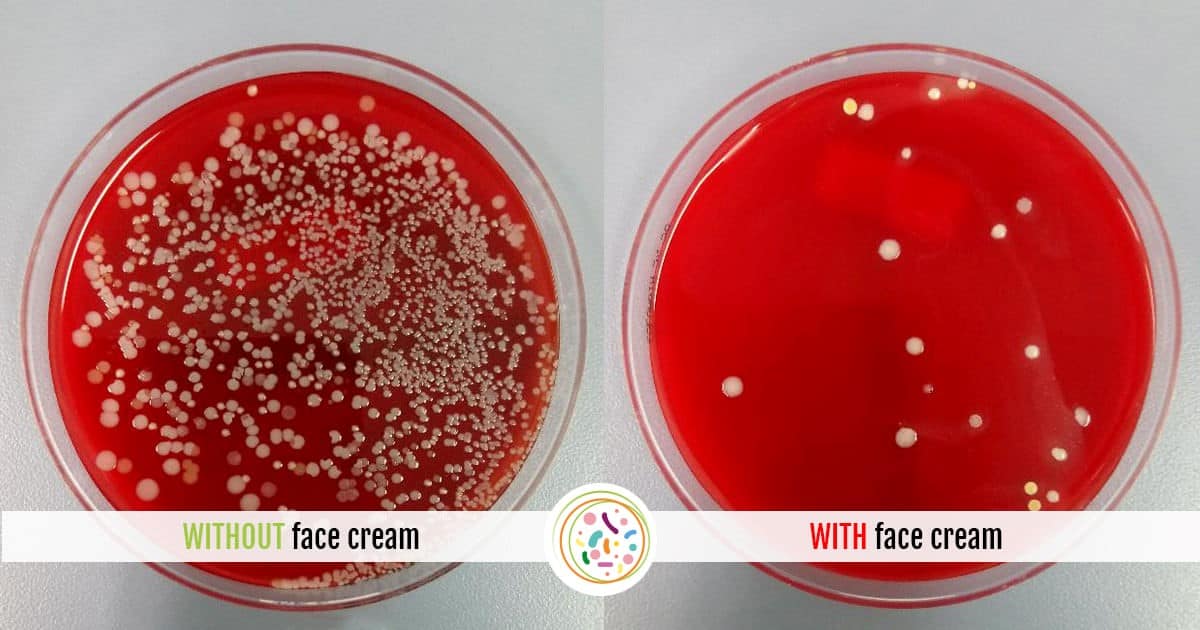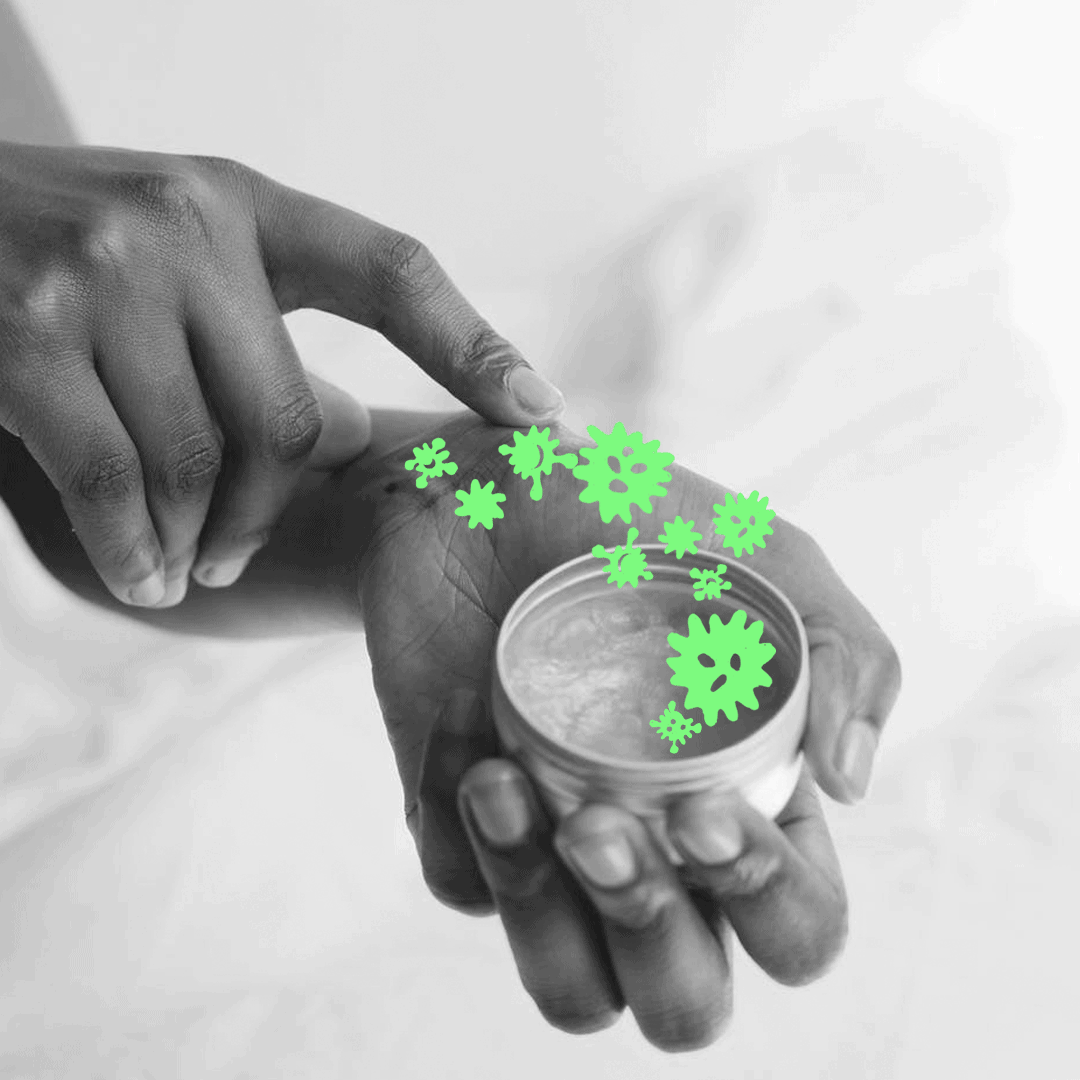What makes a product microbiome-friendly? How do we know if it is really safe for our microbiome or if it’s just good marketing? We spoke to Dr. Kristin Neumann, author and founder of MyMicrobiome, a biotechnology company that scientifically tests and certifies products as ‘microbiome-friendly’, to help answer some of these questions.
What is the microbiome-friendly test and why do we need it?
 A healthy microbiome is fundamental to our (skin’s) health. The majority of products one can find on the shelf contain preservatives in concentrations that not only protect the product but, in fact, act against the microbiota on our skin. Not only preservatives but other ingredients, such as essential oils, fragrances, and surfactants, and products with a high pH can also have an impact on our microbiota. The microbiome-friendly test has been established to look at the impact of personal care products on the growth, balance and diversity of the key players of the skin’s microbiome.
A healthy microbiome is fundamental to our (skin’s) health. The majority of products one can find on the shelf contain preservatives in concentrations that not only protect the product but, in fact, act against the microbiota on our skin. Not only preservatives but other ingredients, such as essential oils, fragrances, and surfactants, and products with a high pH can also have an impact on our microbiota. The microbiome-friendly test has been established to look at the impact of personal care products on the growth, balance and diversity of the key players of the skin’s microbiome.
Long term usage of harsh cosmetics has been shown to alter the skin’s chemistry and physiology, as well as microbial composition and dynamics (1, 2). An unbalanced skin microbiome can result in conditions like acne, atopic dermatitis (eczema), dry skin and dandruff 3, 4). It is, therefore, important for cosmetic products to minimise the negative impact they exert on the skin microbiome.
Fortunately, the cosmetics industry is already taking the skin’s microbiome into account, developing products that are mild to the microbiome. The skin microbiome also offers huge potential for supporting and benefitting skin health and complexion.
The number of microbial-related products on the shelves is increasing exponentially and, while products must be compliant with overall cosmetic regulation, there is no precise regulation to validate the product claims for consumers.
How is the microbiome-friendly test performed and what does it look for?
 MyMicrobiome is an independent control body that rigorously tests products for the impact on the skin’s microbiome. This certification facilitates the decision of consumers when looking for skin and microbiome-friendly products.
MyMicrobiome is an independent control body that rigorously tests products for the impact on the skin’s microbiome. This certification facilitates the decision of consumers when looking for skin and microbiome-friendly products.
We have developed a standardized test which creates clear, digital results in vitro, referring to the latest scientific findings. In contrast to in vivo studies, we are able to see the direct impact of the products on the microbiota.
Taking into account the different sets of microbes at each specific skin site, we investigate the influences exerted on the healthy microbial balance, on the diversity and on the growth of the microbes in presence of the product. We simulate use of the product on the real human body – we look not only at the impact of the product on the microbes on the skin’s surface, but also look further at the influence on microbes in the deeper skin layers, where we find our core skin microbiome.
Microbiome-friendly products – what does ‘good’ look like?
In most cases, the results are crystal clear throughout each step of the whole test. Some products are very harsh, killing every microbe in each of the tests and are clearly not microbiome-friendly – Figure 1 shows an example of this. Then there are products which only show a slight reduction of the microbes and closely pass the test. Last, but certainly not least, the products which do not show any influence and can be considered totally microbiome-friendly.

Importantly, we work with manufacturers supporting them as they formulate microbiome-friendly products. This certification is not exclusive to cosmetic products – we are also working with ingredient suppliers to examine the impact of individual ingredients on the skin microbiome. This marks a major step towards formulating more microbiome-friendly products.
Are there any additional factors that need to be considered for the microbiome-friendly test?
Our body is like a planet with its various specific ecosystems. You can find deserts (forearms),
river valleys (armpit), dangerous swamps (sebaceous areas like the back) and acid lakes (intimate area). Every distinct ecosystem has its own typical, unique population of microbes.
That is why it’s important that we distinguish the different body regions a product is applied on. As such, we created different standards – each customized to the specific ecosystem on our body. Each ecosystem harbours its own delicate balance which we have to investigate individually.
Of course, we also consider the way a product is applied. If we test a ‘rinse off’ product, incubation times are shorter than with ‘leave on’ products.
Lastly, the tests also assess the microbial quality of all products to ensure they are not contaminated with (potentially harmful) bacteria.
Where do you see the future of cosmetics and microbiome-friendly testing?

The future of the cosmetics market is such that manufacturers must, and will, take the impact of their products on the microbiome into account. Standardized testing will automatically play a big part in this in order to both protect the customer and support manufacturers who are willing to work with, not against, the microbiome.
In the long run, consumers will shape the future of the cosmetics market as they become more informed and more conscious, wanting to know exactly what they are buying.
What are your top-tips for looking for a microbiome-friendly product on the shelves?
If you’re looking for a microbiome-friendly product and cannot yet find our seal within the shelves, one simple rule to follow is: less is more. This is true for the ingredients lists on products you use, but also for the number of products you use in your daily routine.
One more thing to remember is that being ‘organic’ does not guarantee a product to be microbiome-friendly. There are many natural ingredients which are strongly antibacterial or conversely encourage growth of harmful bacteria so do not assume that organic equals microbiome-friendly. Similarly, it is not always beneficial for products to be microbiome-friendly – in many cases, products need to be the opposite e.g. disinfectants and sanitizers.
Explore our microbiome basics in the How it works section of the Content Hub. Check out our Instagram page for even more!
References:
1. Bouslimani A et al. The impact of skin care products on skin chemistry and microbiome dynamics. BMC Biol. 17, 47 (2019)
2. K. Capone J&J, 2020
3. Byrd A et al. The human skin microbiome. Nat Rev Microbiol. 16(3):143-155 (2018)
4. Saxena R et al. Comparison of Healthy and Dandruff Scalp Microbiome Reveals the Role of Commensals in Scalp Health. Front Cell Infect Microbiol. 8:346. (2018)
